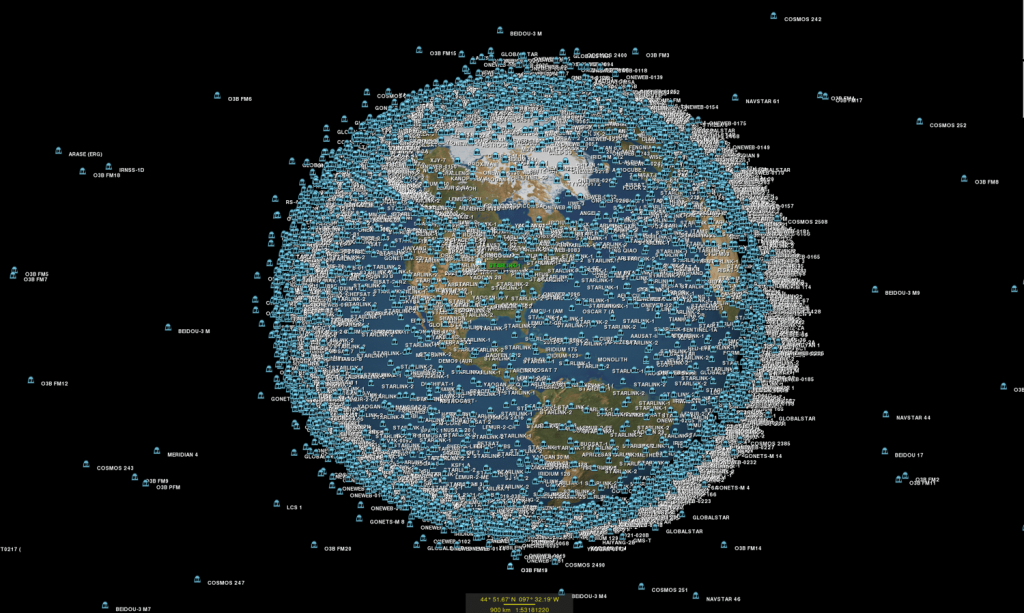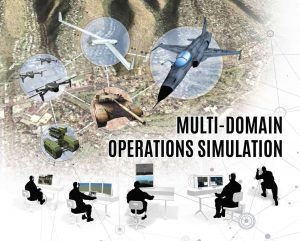
We have all heard and read how technology companies ride the white waters of rapid change and capitalised on VUCA to race ahead of laggards who are unable to respond.
At Microsoft, an engineer had an idea of changing the way the search engine displayed ad headlines but the program managers deemed it a low priority. He launched a simple online controlled experiment—an A/B test—to assess its impact. Within hours the new headline variation had increased revenue by an astonishing 12%,translating in over $100 million in the United States alone, without hurting key user-experience metrics.
This example illustrates how difficult it can be to assess the potential of new ideas. Just as important, it demonstrates the benefit of having a capability for running many tests cheaply and concurrently. Microsoft has recognised the importance of testing the market and evaluating ideas based on data driven feedback.
Similarly, Chinese software companies are doing the same. At ByteDance, they conduct upwards of 1,500 experiments every single day and has conducted more than 700,000 over the last few years.
Common amongst their formulas to success is their ability to conduct many small experiments quickly to probe and sense the market, to unlearn and learn quickly and to respond and adjust effectively based on a data driven approach.
This is in stark contrast to how many defence establishments conduct their experiments, which tend to be multi-year large and complex campaigns with many inter-related elements. The approach is typically sequential, with many phased dependencies.
Paving the way for rapid development
Downstream issues that emerge are often very difficult to deal with because one would have to dismantle much of the upstream work that was completed.
It seems immediately obvious now that in our fast-changing environment that such development or experimentation cycles must shorten to be relevant.
The software community has responded swiftly to the new conditions, by reducing a highly complex monolithic software architecture to a portfolio of micro-services.The method enables loosely coupled micro-services to be developed in parallel, shortening the time taken from the start of development to delivering production software.
Equally important, such an approach allows them to make incremental changes and improvements as the product evolves. The question now remains as to whether we can do the same for military experiments.
The short answer is yes, but that is conditional.
Factors that support experimentation
First, for us to gain useful insights from these experiments, the experimental environment must be realistic. Otherwise, the data that we glean and the lessons we learn from the experiments will be not very useful.
Second, to facilitate iterative work and continuous improvements to the experiment, the environment must be easily evolvable. Otherwise, we will spend lots of time configuring and reconfiguring the experimental environment.
Third, these experimental environments must be composable, meaning to say that they must behave like lego bricks so that the individual micro experiments can be combined for larger experiments easily.
Lastly, the entire experimentation environment must be highly scalable because a large scale complex military scenario may easily demand for upwards of a few simulated entities.
MAK Technologies, a simulation software company that is based out of Boston and wholly owned by ST Engineering has developed simulation software that serves these needs.
MAK One is a complete suite of simulation products from MAK Technologies that provides you with end-to-end capabilities to design micro experiments that are realistic, evolvable, composable and scalable.

Capabilities of MAK One
First, MAK One has a realistic and very evolvable global terrain and environment for both the air and space environment out of the box, with dynamic effects and most plane, helicopter, UAV and satellite models. We also have a whole library of sensor models alongside the real air traffic pattern of life ingested from ADSB data.

Here’s an example of the dense civilian air traffic over Europe that MAK One is able to simulate. It is also the reason why the Federal Aviation Authority uses this product to experiment on their next generation Air Traffic Flow Management ideas.

MAK One also provides comprehensive weather conditions that affects the general visibility and the trajectories of weapons and platforms. It now comes with temperature and pressure models for altitude and is capable of simulating turbulence, icing and localised wind corridors.
It even allows you to simulate multi elevation wind speeds and directions from the ground to heights above the clouds – giving you the most realistic and complex environment to experiment with air platforms, sensors and munitions.

Extending beyond the skies, MAK One simulates the 7,389 satellites orbiting around the earth, allowing space capabilities to be brought inside your multi-domain experiments, enabling you to understand the implications of space based capabilities on the modern battlefield.

Similarly, in the maritime domain, we have realistic and evolvable terrain and environment with dynamic sea states and some ship and weapon models. We are now working to ingest the maritime pattern of life into the product through real time AIS data.

In the land domain, we have realistic and evolvable global terrain and environments with accurate physics based models and particle effects. This digital whole world, MAK Earth, sits in Amazon, and is a powerful web-based streaming terrain server that lets you stream in elevation, features, and imagery from any part of the world. Again, we have a big library of sensor models relevant for the land domain alongside an ability to create large-scale pattern of life in urban cities.
This should facilitate your experiments in any locality; whether it is in the dessert or the most densely populated urban areas.
Conceptualising realistic environmental conditions and behaviours
These environments can evolve and cater to the whole range of environmental conditions from volumetric rain to blowing sand. The visualisations can be consumed through immersive VR googles allowing human in the loop tactical experiments and can also be consumed by very large networked simulators for larger experiments, giving any experiments a very realistic setting to derive meaningful data and insights.
When it comes to battlefield effects, we are also very meticulous in modelling accuracy. You will observe that different fuse types cause different particle effects. Similarly, we model many sensor and camera types. When a pilot looks out of his window without aid, all he sees is pitch darkness. Using his IR sensor, his environment is presented to him exactly how the sensor will perform.

Aside from our ability to present and make dynamic changes to the physical environment, MAK One has a very intuitive GUI (Graphic User Interface) to allow experimenters to design and shape the behaviours of individual entities and units. It works just like a decision tree and we call this a behaviour tree.
Using the behaviour tree, unit behaviours can configured to conform to doctrine for training purposes or configured with new Tactics, Techniques and Procedures for purposes of experimentation.
Beyond a single task, the product also allow for larger formations to be coordinated through a synchronisation matrix, allowing many different units to coordinate their actions through phases, timelines or events.
Such a feature allows larger experiments to be conducted with greater ease.
We can orchestrate platoon behaviours collectively and produce company behaviours. Likewise, this can be extended further upwards to the battalion and the brigades.
All these entities are able to coherently coexist and interact with all the global terrain and environment, bringing end-to-end composability of terrain, environment, weapons, sensors, platforms, unit behaviours to any experimentation.
Beyond the frontier of simulation
Are we able to scale up above the battalion or the brigade? Yes, but only very recently. Before we rolled out our next generation interoperability framework Legion, we had challenges dealing with more than five thousand entities, but the problem has recently been solved.
We believe that today no one can parallel our ability to bring so many entities together in a common simulated experimentation environment.
And so, rounding back to the earlier question of whether defence establishments can run many micro experiments and yet derive rigorous data and meaningful insights at the operational or strategic levels. The answer is that it is possible with MAK One, given its composability, scalability, evolvability and highly realistic virtual environment.
In summary, MAK One allows you to recreate the world, its terrain and environment; configure weapons and platforms that yet do not exist, dream up new formations and units with next generation capabilities to execute new multi-domain tasks and missions that will be demanded of us in the future.
With MAK One and the micro-experiment approach, I hope we are able to bring the tools necessary for you to conduct a hundred experiments a day, to enable defence forces the power to be creative in their approach to multi-domain operations.












